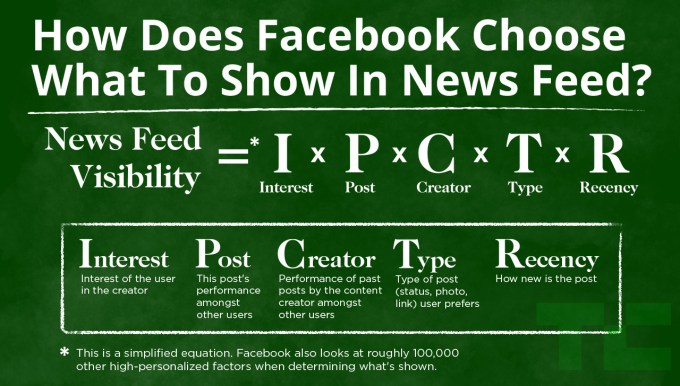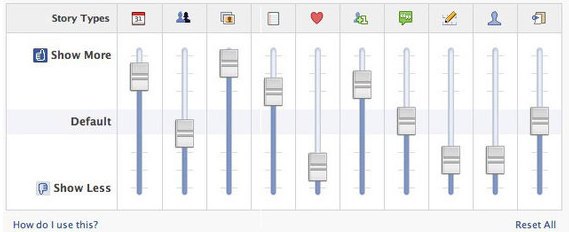Last year at this time, many publishers were wrestling with the question of what to make of Facebook Instant Articles.
Facebook’s audacious proposition was that it would host content from publishers on Facebook, with no link back to those publishers’ sites. In return, the publishers could either run their own ads and get 100% of the revenues or letFacebook handle placements and give up 30% of revenues to Facebook.
A year later, Conde Nast and Hearst, among others, were still holding off on embracing Instant Articles. Then, in June something unexpected happened: Facebook decided to de-emphasize news and articles in its News Feed. Instead, the focus is going to be more on updates from friends and family.
This makes a lot of sense for Facebook, which needs to maintain the quality of the user experience. For publishers and advertisers, though, it’s confirmation that Facebook is less a forum for interest-based content than a dressed-up message board for friends and family. Publishers should be glad for the reprieve and the chance to continue to cultivate their own audiences, even if their traffic will be hurt in the short term. Advertisers would be smart to see how the open web compares as a medium to Facebook’s walled garden.
Why Facebook refocused

Facebook’s official reasoning for this latest algorithm tweak is that “We’ve heard from our community that people are still worried about missing important updates from the friends they care about.” The translation for that might be that users were annoyed with so much publisher content in the News Feed.
I know that, personally, my News Feed has been littered with such content over the last year or, and, if you click on news stories, the ratio of published news-to-friend news climbs higher. While it’s hard to resist clicking on news, the reality is that you can find that content anywhere. If you really want a rundown of the day’s news, you can set up your own RSS feed on Feedly.
Most people outside the media world don’t bother to do that, which is why published content continued to proliferate in the News Feed. However, the end result was that people began sharing less. In the third quarter of 2015, GlobalWebIndex found that 34% of Facebook users updated their status and 37% shared photos. A year earlier, the figures were 50% and 59%, respectively.
The fact that users under 30 are fleeing to Snapchat to carry on conversations without the prying eyes of their extended family is another headache for Facebook. Attempting to shore up its user base before more damage is done is a smart move.
What this means for publishers and advertisers

In the early years of the News Feed, Facebook offered sliders so users could select exactly what appeared, but later phased out these controls.
For publishers, this latest move will bring some short-term pain. As Facebook acknowledged, referral traffic will decline for some. Since, for many publications, Facebook is their biggest source of traffic, this could be a bitter pill to swallow.
Longer term, this is good news. By relying less on Facebook, publishers will be able to focus on boosting their presence on other platforms like Snapchat and the Facebook-owned Instagram and to try to penetrate Google News, which will attract more new users to their sites.
For advertisers, Facebook’s latest algorithm change should prompt a reassessment of the social network as a platform for ad messages. Let’s face it; wedding announcements and political arguments aren’t the best places for a sales pitch.
I’d argue that you’re better off using blogs and other media that discuss a common interest. For instance, if you’re trying to sell toy drones, you will probably have more luck placing an ad on a site that talks about that topic, instead of targeting someone on Facebook who once used the word “drone” in an update.
This preference is reflected in pricing. Facebook’s video ads cost around $4 for 1,000 views compared to the U.S. average of around $10.
Two cheers for Facebook
All of this means that I’m torn. As a user, I’m glad that Facebook is sticking to its knitting, because the platform is second-to-none as a place to stay in touch with people in your inner circle. As an advisor to marketers, though, I’d interpret this latest move as further proof that you’re better off putting your money elsewhere. And, finally, as an observer who would be happy to see publishers regain some control of their audience, I cheer this move. Congrats, publishers. It may not feel like it, but you just dodged a bullet.
